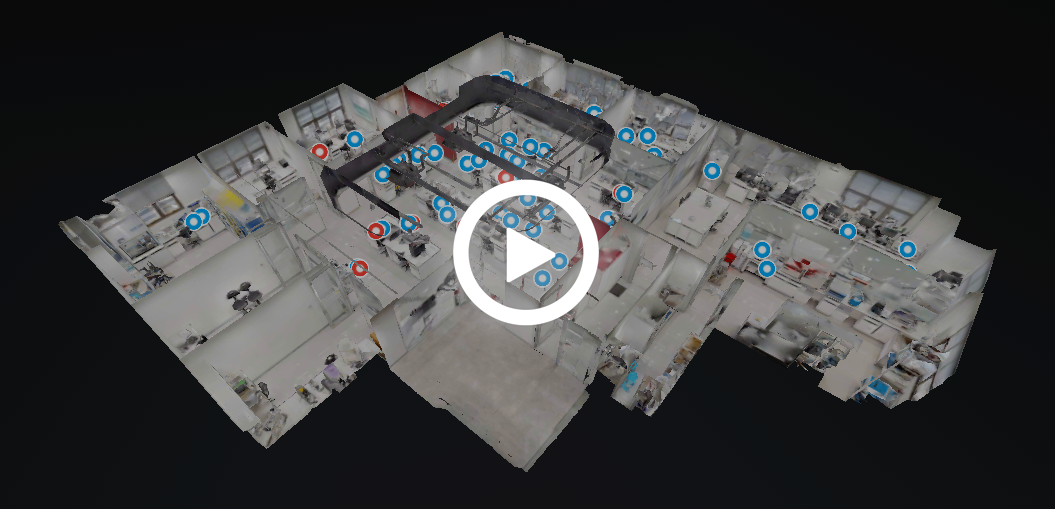Science, Technology, Engineering & Mathematics (STEM)
About
Careers in the Science Technology Engineering and Math cluster relate to planning, managing and providing scientific research and professional and technical services such as laboratory and testing services, and research and development services.
What’s the role of STEM careers?
Careers in the Science Technology Engineering and Math cluster relate to planning, managing and providing scientific research and professional and technical services such as laboratory and testing services, and research and development services.
What’s the role of STEM careers?
- STEM workers are employed by diverse industries, such as healthcare, manufacturing, telecommunications, construction, and agriculture.
- Technologies developed by STEM workers include smartphones and online shopping, climate change research and space exploration, along with life-saving innovations like cancer treatments and Alzheimer's research.
- Sample STEM work settings include laboratories where scientists develop pharmaceuticals, biofuels; home offices for IT workers designing websites; and construction jobsites for engineers.
- Universities and employers are recruiting more women and people of color to choose STEM-related college majors and workplaces.
- Quick facts -
|
High overall job growth expected. STEM occupations currently account for nearly 10 million jobs. Job growth of more than 8% is projected over the next decade, adding about 800,000 jobs. |
Regional and state high growth areas. STEM jobs are expanding fastest in Texas, New York, California, and Washington, but STEM jobs are also increasing rapidly in less established locations such as North Dakota, Tennessee, and Georgia. |
Computer and tech fields growing fastest Computer and technology-related occupations are the fastest-growing STEM fields, with an increase of more than half a million new IT jobs projected across the next ten years. |
Value of the arts is also recognized. STEAM is a related global education movement that incorporates the arts—such as humanities, music, language arts, visual arts, and design—using the creative process to investigate scientific concepts. |
Would a career in Science, Technology, Engineering & Mathematics be a good fit for me?
The STEM career cluster is about expanding our concept of the universe and inventing the future. It centers on applying scientific methods, new technologies, and creative problem-solving skills to improve both natural and human-built worlds.
Careers in this cluster offer opportunities for inventive, science- and data-loving minds to solve complex problems for a wide variety of products and industries.
The STEM career cluster is about expanding our concept of the universe and inventing the future. It centers on applying scientific methods, new technologies, and creative problem-solving skills to improve both natural and human-built worlds.
Careers in this cluster offer opportunities for inventive, science- and data-loving minds to solve complex problems for a wide variety of products and industries.
- Wages in this career cluster are typically much higher than the national average for all occupations. Engineering fields offer some of the highest starting salaries of all occupations for new college graduates.
- Curiosity and creativity are important traits in STEM careers, as workers are on the front lines of scientific discoveries and developing cutting-edge technologies.
- Workers in math-related careers report particularly high rates of job satisfaction. Mathematicians, statisticians, and actuaries are among the fastest-growing of all STEM jobs.
- Engineers work in a wide variety of industries all over the world, contributing to high levels of job security.
- The technology sector employs the largest number of STEM workers, in many fast-growing fields.
- Math, design, reasoning, and communication are essential skills in this cluster.
Chemical Engineering Lab
What are some careers in S.T.E.M.?
The majority of STEM occupations require a four-year degree. Click any link to find out more about a career, including typical responsibilities, average wages, employment projections, training requirements and more.
Certificate or Associates degreeBachelor’s degree
The majority of STEM occupations require a four-year degree. Click any link to find out more about a career, including typical responsibilities, average wages, employment projections, training requirements and more.
Certificate or Associates degreeBachelor’s degree
- Bioengineers and biomedical engineers
- Clinical data managers
- Industrial engineers
- Park naturalists
- Range managers
- Remote sensing technicians




